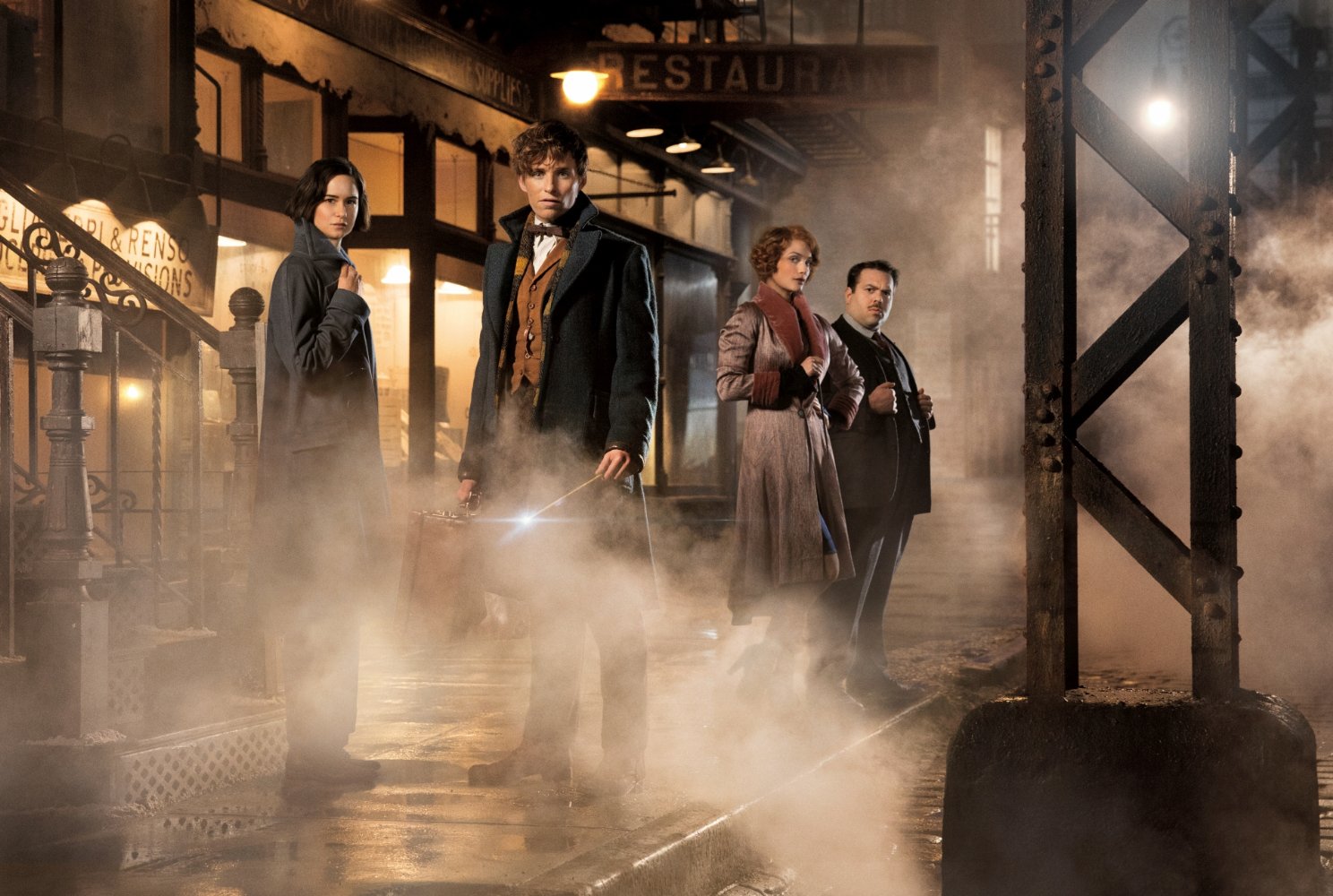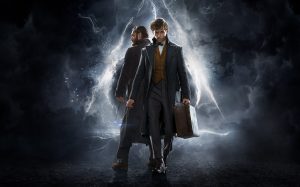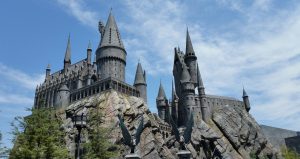Like Lord Voldemort at the end of Harry Potter and the Goblet of Fire, the enthusiasm of Harry Potter’s fandom has been resurrected in full-force, after years of being not-so-dormant. The premiere of Fantastic Beasts and Where to Find Them is less than a month away: the wizarding world will rise again.
July 21, 2007 was a deeply bittersweet day for Potterheads, as the publication of Harry Potter and the Deathly Hallows marked the closure of a beloved series that defined the childhoods of millions. When The Deathly Hallows Part Two hit the screen in 2011, fans were forced through the whirlwind of emotion for a second time. Fortunately for these fans, there has been life after The Deathly Hallows, ranging from Pottermore, to a theme park in Universal Studios, to the recent publication of Harry Potter and the Cursed Child. Despite the diversity of such efforts, the goal has been the same: satisfy fan desires for answers to questions, immersion into the story, and the continuation of Potter’s legacy.
In 2011, J.K. Rowling announced the coming of Pottermore: an online, interactive experience that officially launched in April 2012. The website satisfied the goal of immersion with Sorting Hat quizzes and a retelling of the stories reminiscent of virtual gaming, but had the added draw of another fan desire: the answers to questions that the printed books had left open.
However, skillful composition of a novel demands this empty space. The intentional exclusion of information is equally, if not more, important than inclusion. The underlying explanations add depth, coherence, and realism to the story — no one in the real world knows everything about everyone, but those hidden characteristics and backgrounds impact daily life. In the case of Harry Potter, this meant hiding key truths about characters, such as Dumbledore’s sexuality, for the greater goal of building the intriguing air of mystery that surrounds them. This is part of what made the series a masterpiece. It is only natural that curiosity of adoring fans persists almost a decade after the series’s conclusion. Years later, updated revelations on Pottermore continue to make headlines and stir mass excitement.
Perhaps, this undying curiosity is linked to a deeper drive: the refusal to let the empire fade into the past. Even so, Harry Potter and the Cursed Child, the first publication to reveal what happened after the famous “Nineteen Years Later” epilogue, garnered a mixed reception among loyal Potterheads. The play was highly anticipated for wanting to know more about the adult lives of original characters, but collaboration by unfamiliar authors, Jack Thorne and John Tiffany, cultivated a level of discomfort and mistrust.The book was not authentic Harry Potter, but seemed to be posing as such. In fact, the nature of the writing itself tends to deviate from the original series, beyond the change in format: each line is saturated with character emotion far beyond any moment in the original series, which cultivated emotional attachments over longer durations of time. The Cursed Child seems to depend upon the enduring emotions of readers more than it seeks to function as a new, independent piece.
In light of these past experiences in coping with the seventh-book’s publication, it is difficult to foresee the role that Fantastic Beasts and Where to Find Them will play in sustaining the Potter empire. At least in part, the new film corresponds with previous objectives — answering questions about the history of Hogwarts and other wizarding schools, immersing North American audiences by building a story closer to home, and preventing the end of the Wizarding World. However, the film deviates sharply from prior continuations, as enabled by the time setting. Set long before the birth of Harry, Ron, and Hermione, the movie will not try to re-sell the now-stale description of the trinity’s adulthood, but rather, explore a fresh aspect of their world. However, the film still lures viewers with familiar names — featuring a younger Dumbledore, a visit to Hogwarts, and a main character who authored one of Harry’s textbooks. This dualism opens the question of whether Fantastic Beasts will serve primarily as a survival mechanism of the series, or stand independently as a new set of characters for audiences to cherish. The answer may sculpt the future of add-ons to Harry Potter’s world.
An enduring truth of art and literature is that the original is nearly always better than the copy. It is difficult to find a Harry Potter fan who believes that the movies tell the story as well as the books; likewise, chances are slim that loyal fans of the original series will come to prefer Fantastic Beasts, which Rowling recently announced would consist of five movies.
Amid the anticipation and excitement, it is impossible not to consider the motivations of the producers, publishers, and architects behind all forms of the extended Potter realm. Attaching the label of “Harry Potter” to any product is a sure-fire way to boost profits. The creation of such continuations is primarily a business venture. Viewing Fantastic Beasts as a financial quest further diminishes fan expectations for quality, suggesting that the series may have been better off ending when it did.
Even so, these same skeptic fans will flood theaters on November 18 and beyond, donning Hogwarts robes and reminiscing for the days of waiting in line for books at midnight. The screenplay of Fantastic Beasts comes from the same great mind who wrote the original books, and, from any perspective, work by J. K. Rowling is a reason for excitement. In some sense, the spirit of Harry Potter is sure to live on in these movies. Like a horcrux, Fantastic Beasts carries a piece of Harry Potter’s soul — it may be impossible not to love a series that is an extension of Harry himself.





